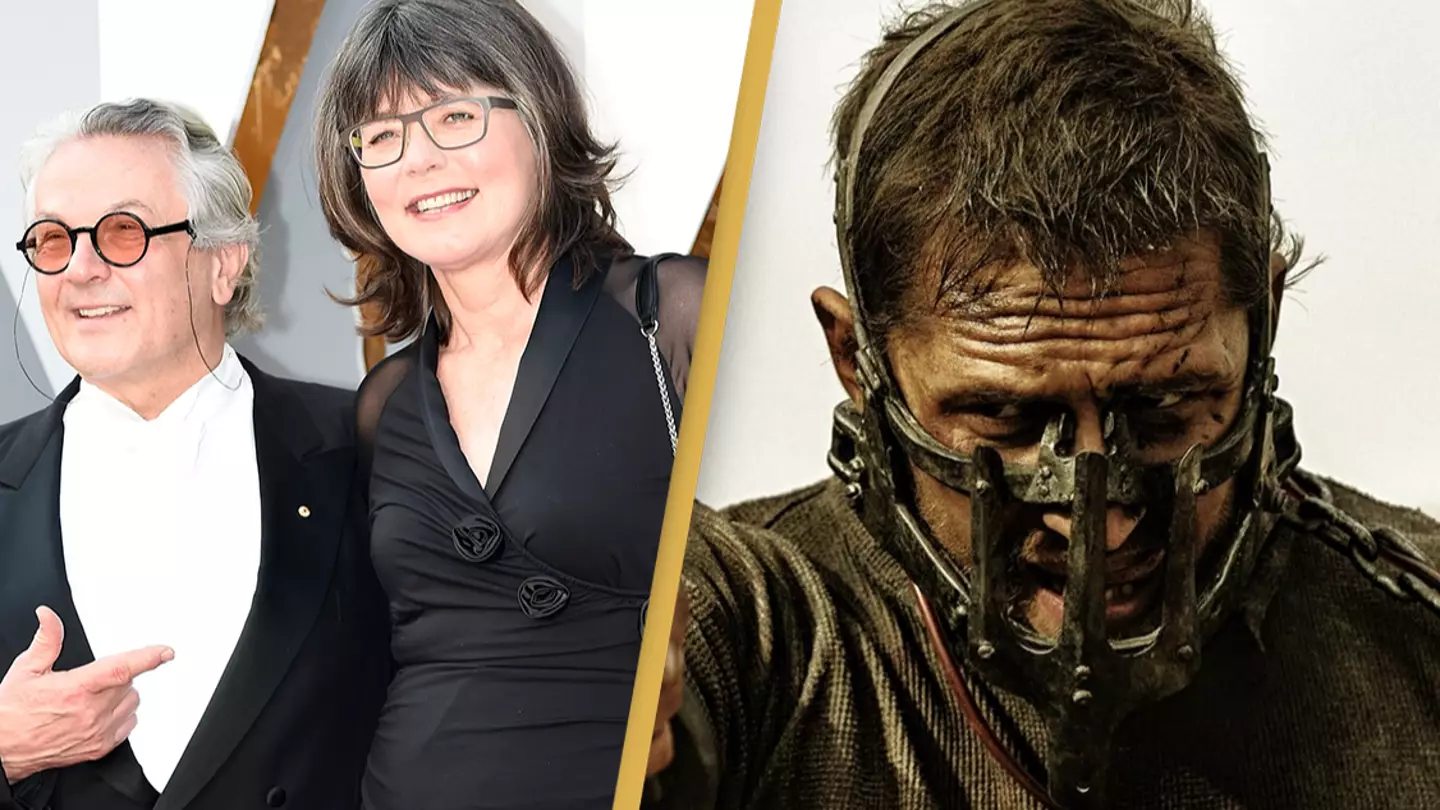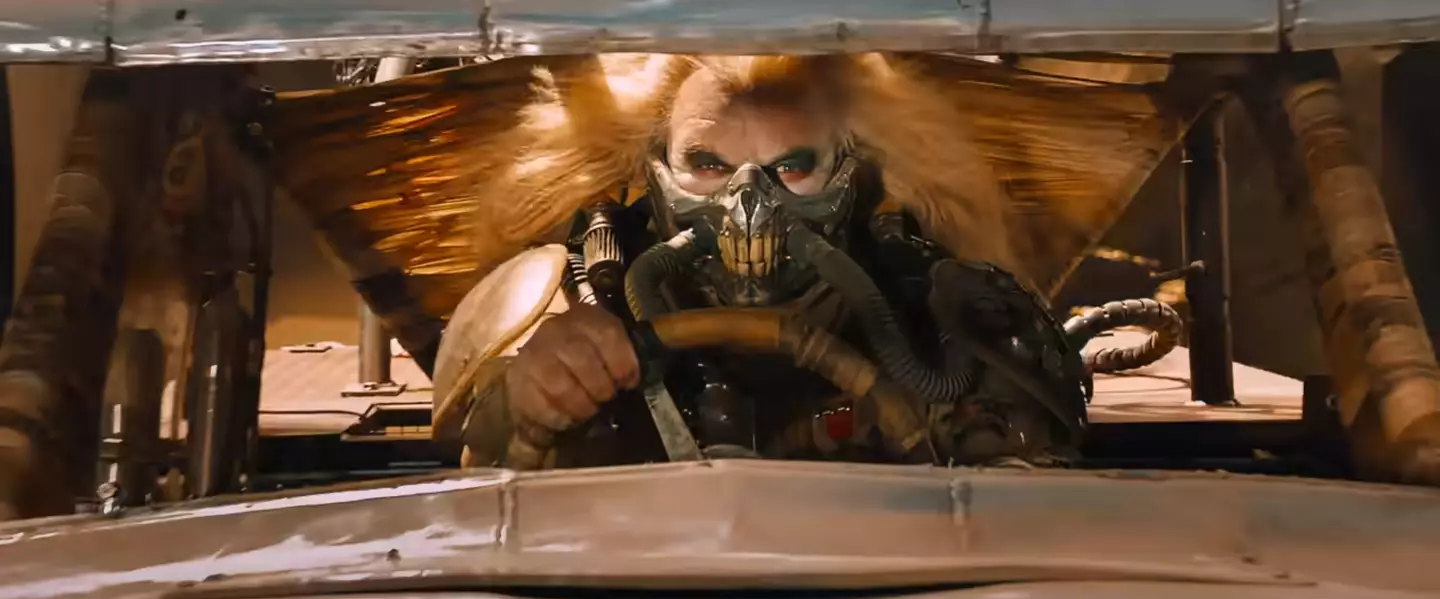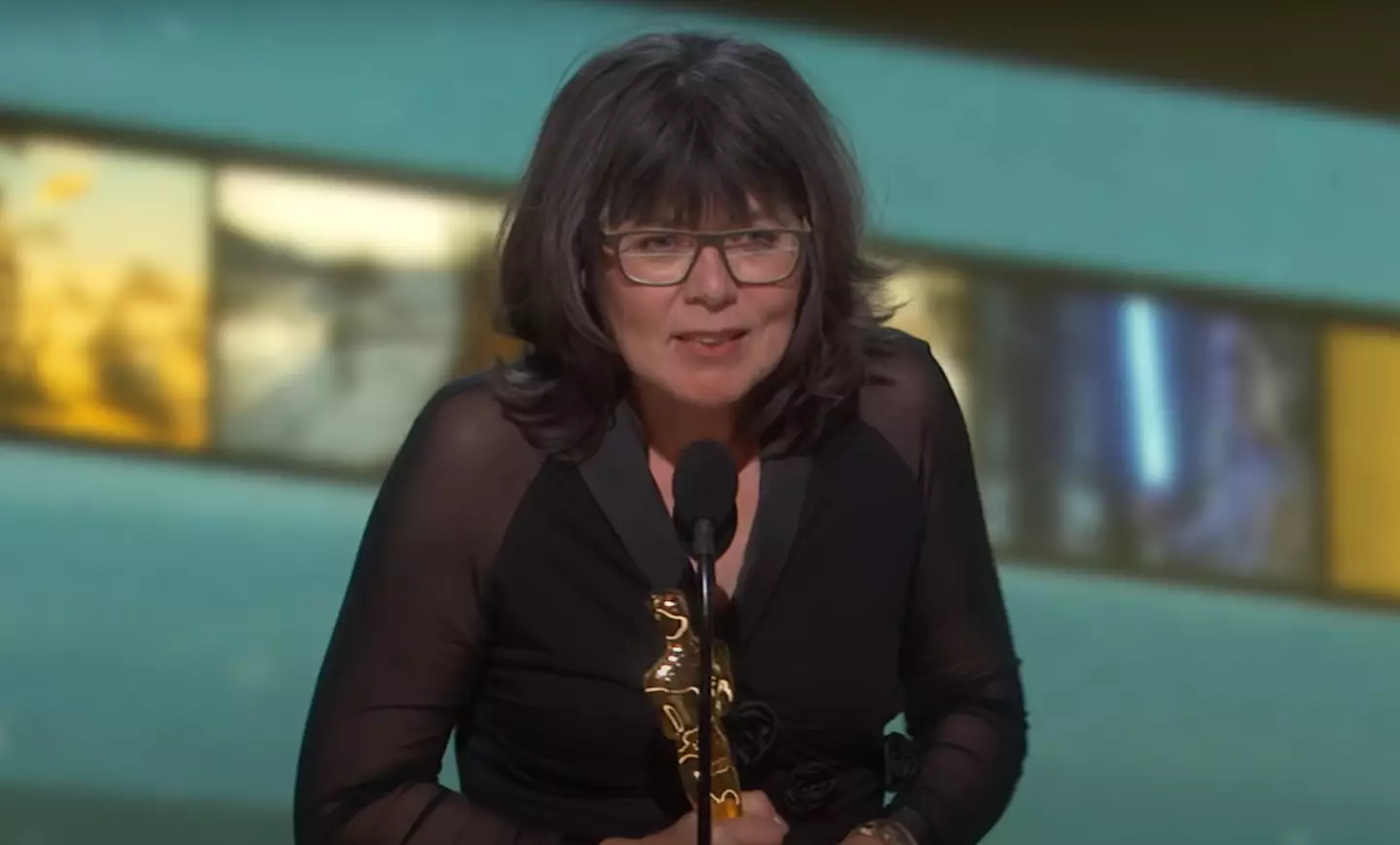
Many people experience imposter syndrome at one point or another.
It's natural to feel this way when doing something you're not familiar with.
When director George Miller hired his wife to be the editor for Mad Max: Fury Road, it was a risk.

Whilst Margaret Sixel had edited films before, this would be her first time editing an action movie.
Advert
And not just any action movie - a notoriously fast paced one at that.
It was undoubtedly a massive challenge, but Sixel rose to the occasion and even took home an Oscar for her efforts.
So, how did it all happen?
In 2012, Sixel was brought on to edit her husband's movie.
Advert
Fury Road would be the first entry in the Mad Max franchise since 1985's Beyond Thunderdome, which starred Mel Gibson and Tina Turner.
Sixel had previously edited on some of Miller's previous films, such as Babe: Pig in the City and Happy Feet.
When asked why he brought on his wife to edit the Mad Max instalment, Miller observed that her inexperience with action films would be a strength.

Why?
Advert
Because if it was edited by the men who usually edited actions films, it wouldn't look any different.
Interesting theory.
Let's just say, Sixel had her work cut out for her.
The editorial team on location in southern Africa had to process between 10 and 20 hours of footage a day.
Advert
This would then be flown to Sixel and her team in Sydney, Australia, where they would get to work.
By the time filming had wrapped, Sixel had worked her way through over 470 hours of footage.
This took three months to view in its entirety.
During this gruelling process, she worked 10 hours a day, six days a week.
Advert
In total, she worked for over 6,000 hours to pull together the two hour flick.
The film featured 2,700 individual cuts, which was twice as many as Mad Max 2, which only featured 1,200 over 90 minutes.
I'm exhausted just typing these figures down.

For her efforts, Sixel was richly awarded.
She won the Academy Award for Best Editing in 2016, and would pick up awards at the Critics Choice Awards and the BAFTAs.
Much was made of the fact that Sixel was a woman, which she said wasn't relevant to the editing process.
In an interview, she said: "[I] with a lot of guys in the editing room. We don't think about it.
"I'm really into cutting film, and while George [Miller] likes to think it's a positive, I don't feel very female about it."
She also noted that 25 percent of her editorial staff were women.
Either way, Sixel certainly earned her Oscar.
Featured Image Credit: Kevin Mazur/WireImage via Getty, Warner BrosTopics: Film and TV, Oscars, Celebrity
